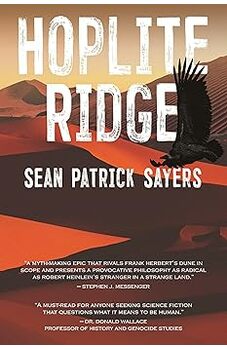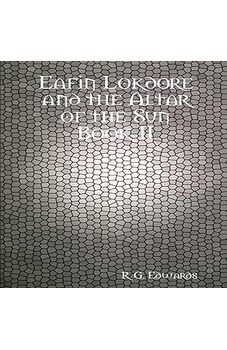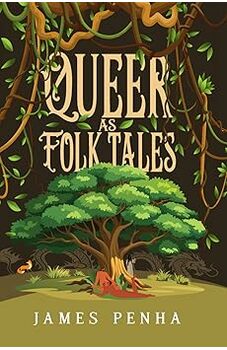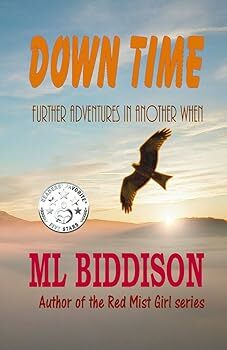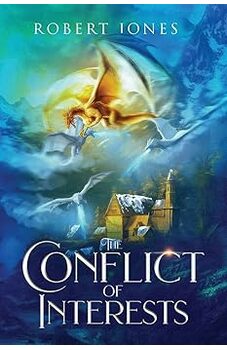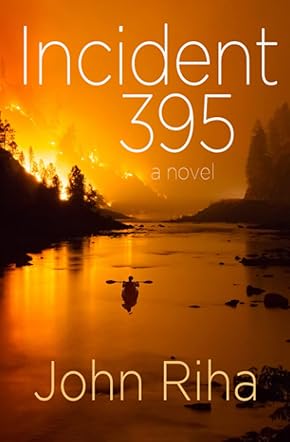I’ve always been fascinated with the American West. The enormity and its haunting grandeur. The notion of open spaces and indomitable spirits. It’s a romantic construct that’s rapidly changing, yet it’s still a fitting backdrop for modern stories of danger, hope and love.
Years ago my younger son and I rented a small cabin in the high Cascades for a fishing getaway. While there, an enormous wildfire broke out about 60 miles away. Although we were in no danger, the old road by our cabin happened to be the only way to bring firefighting equipment to the fire location. From our little front porch we watched an endless stream of trucks, fire engines, bulldozers on flatbed trailers, and buses full of firefighters roll toward the fire, day after day. Helicopters and air tankers cut through the skies above. I began to think, “What happens to people in very remote locations? How does anyone warn them, find them, bring them to safety?” That was the generative point for Incident 395.
Part family saga, part search for belonging, this wild, true-grit story is set during an out-of-control wildfire—a destructive environmental force that’s become an indelible fact of modern life, especially in the West. Four years of research gave me a deep appreciation of the complex interactions that take place during a major wildfire response and helps give Incident 395 its authenticity.

